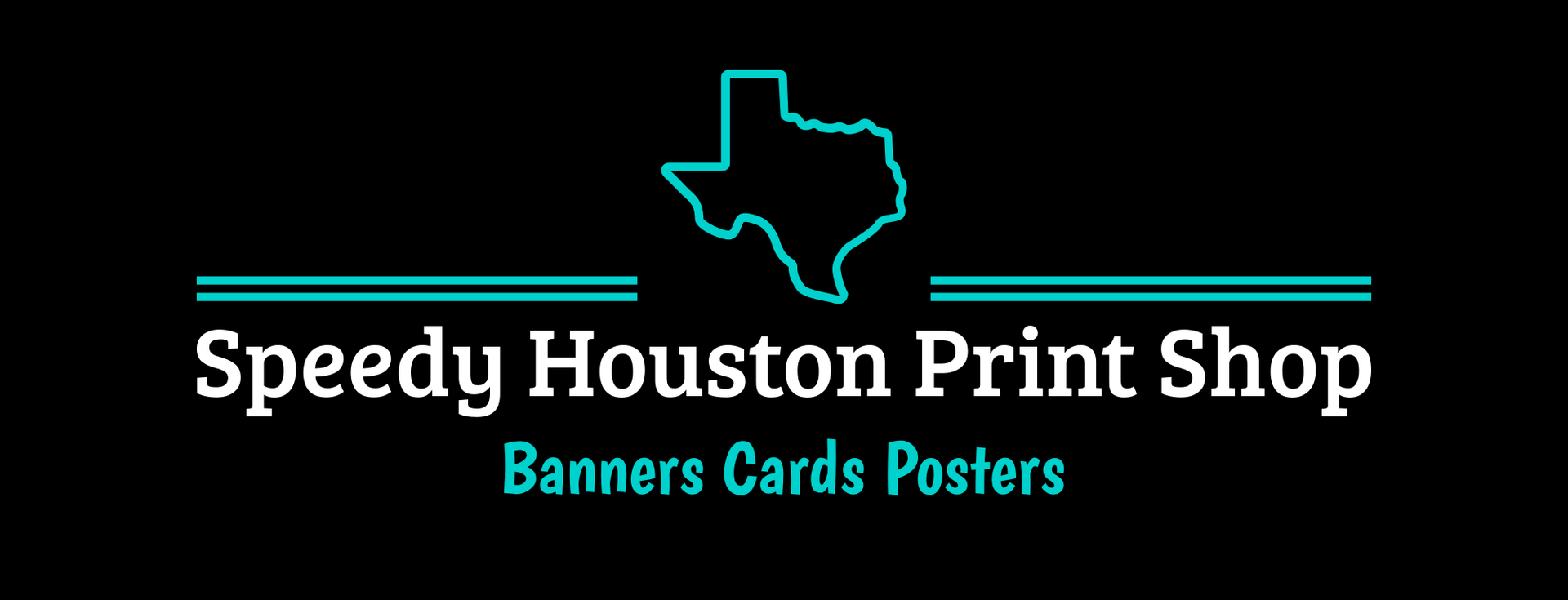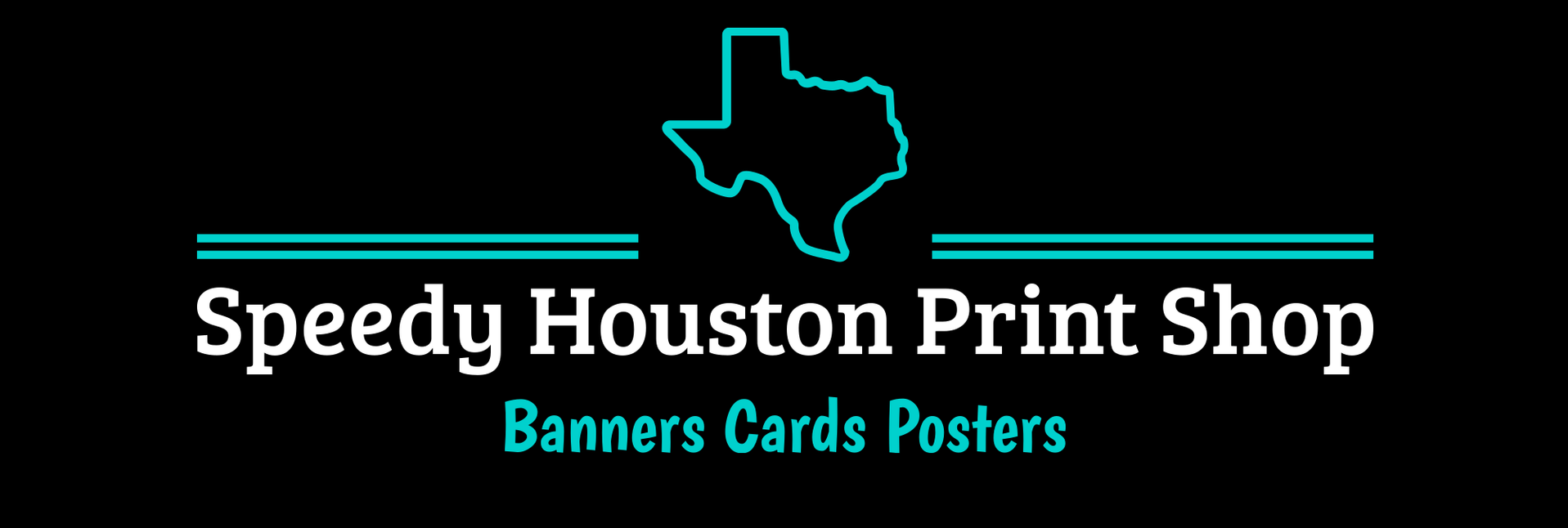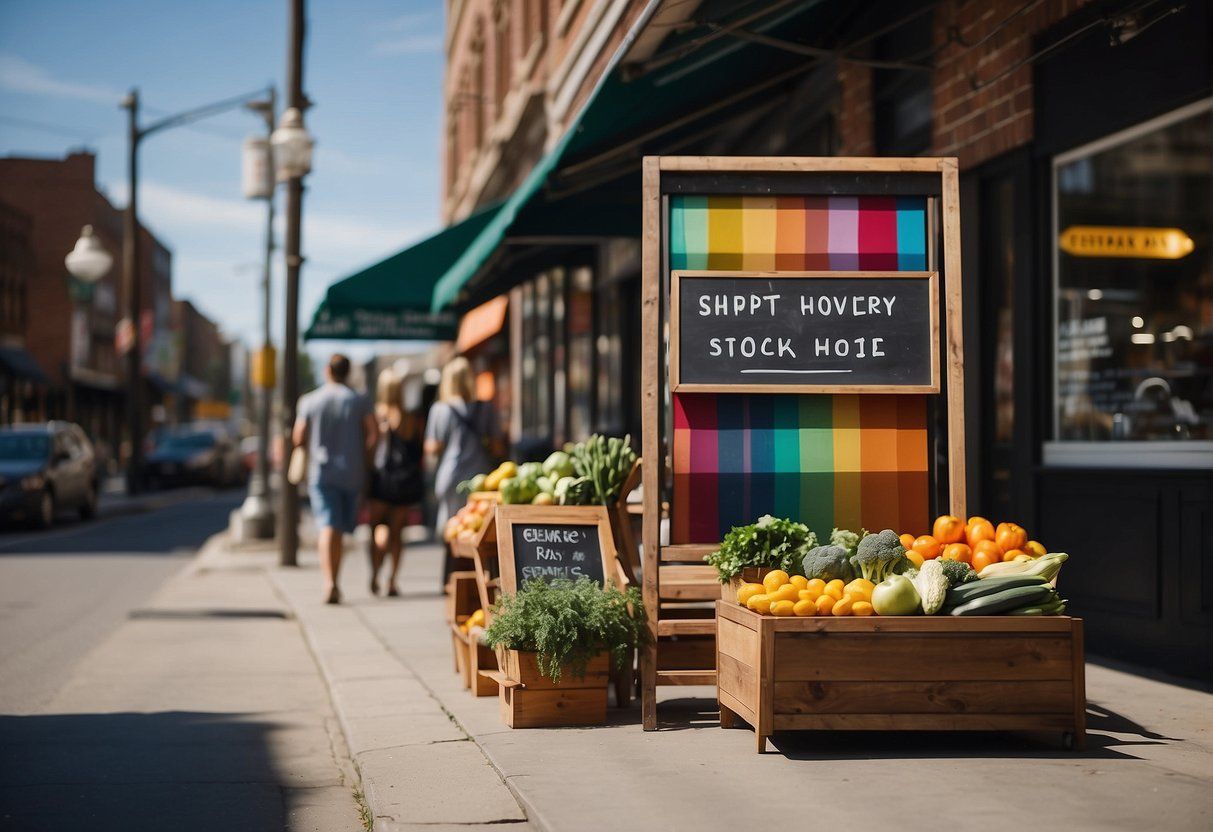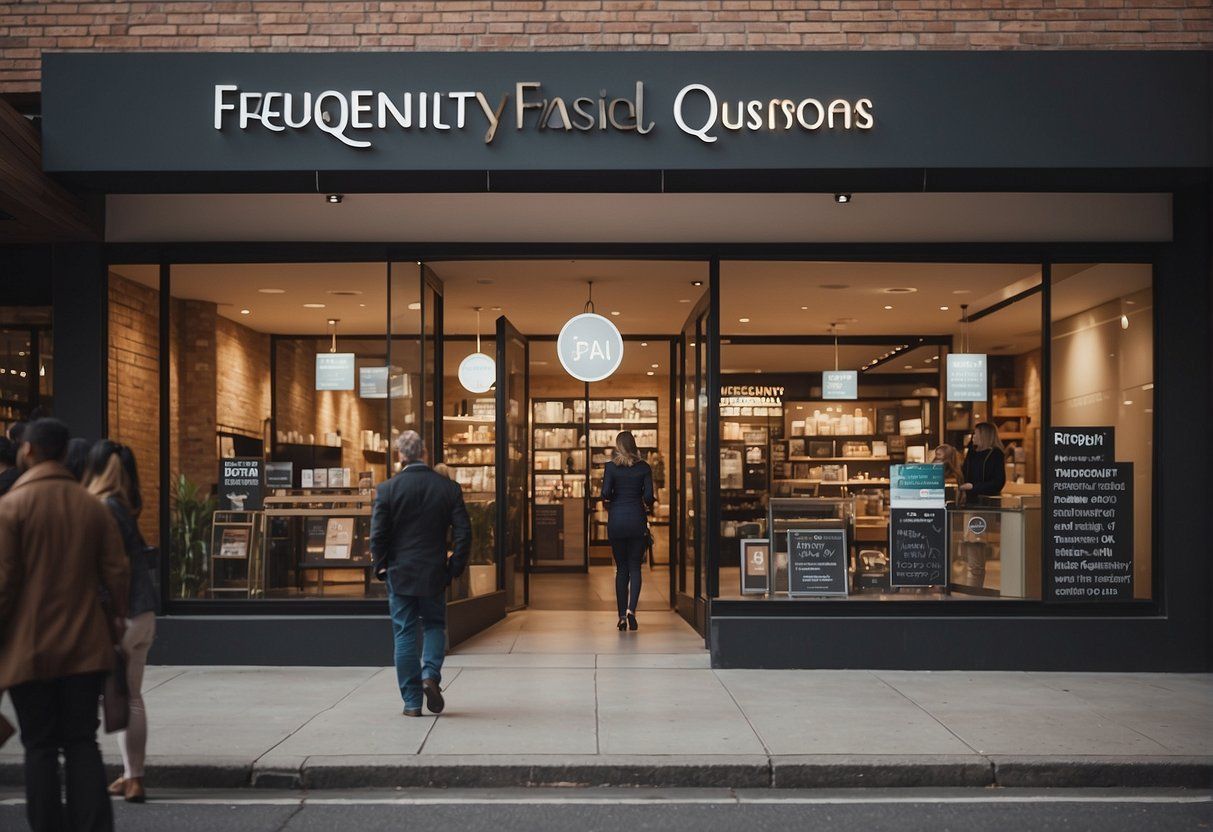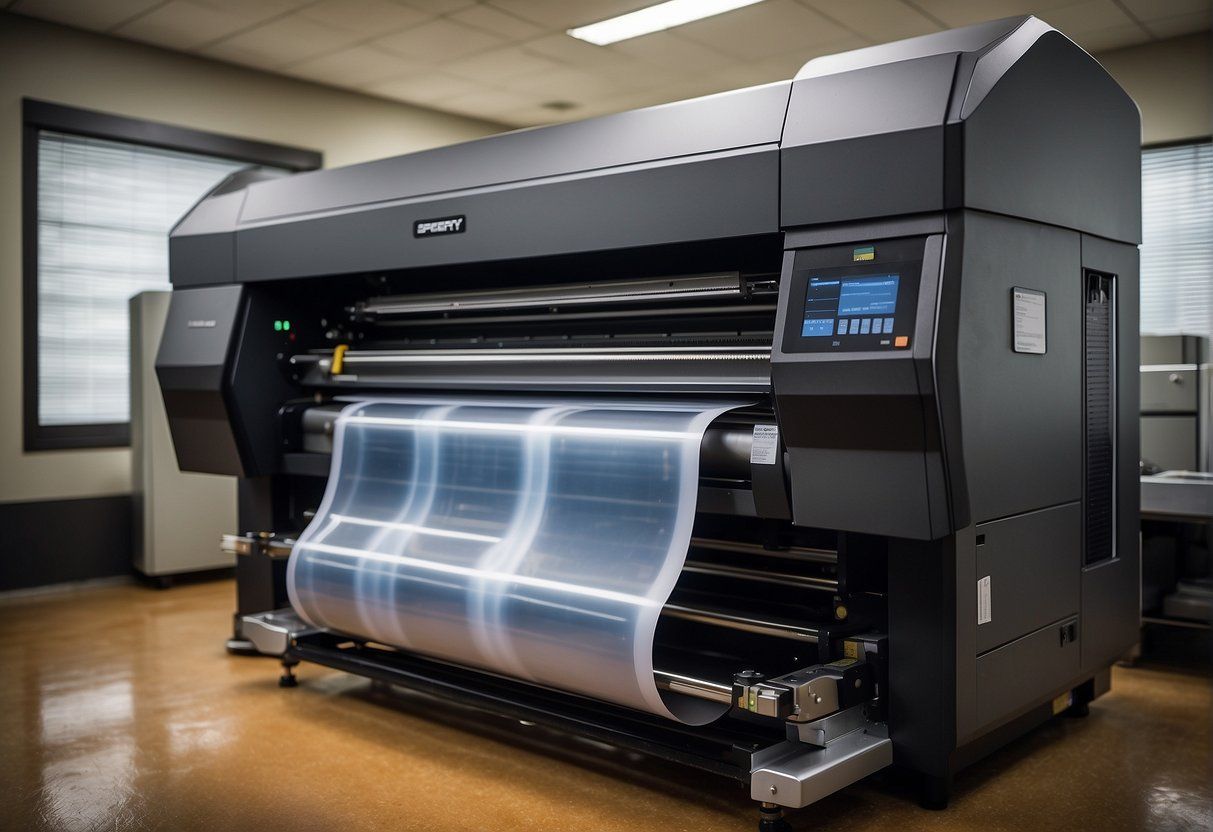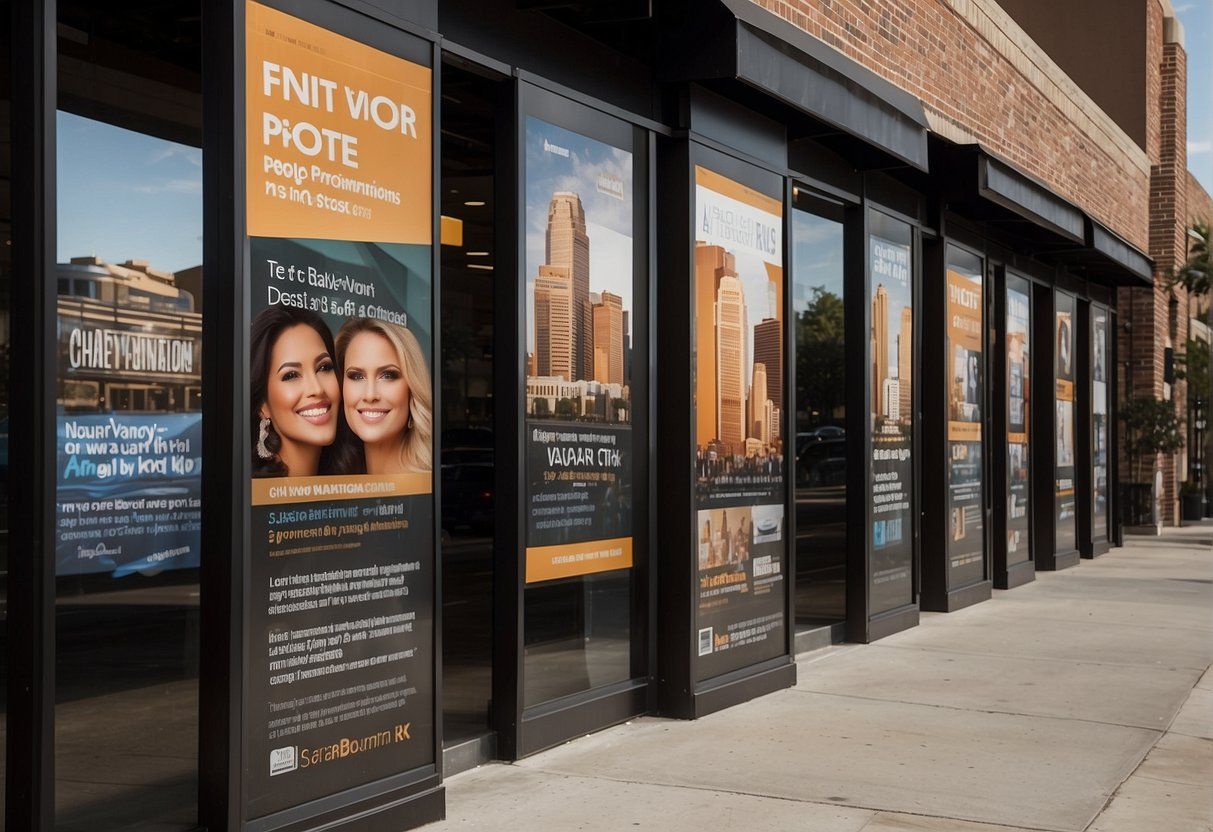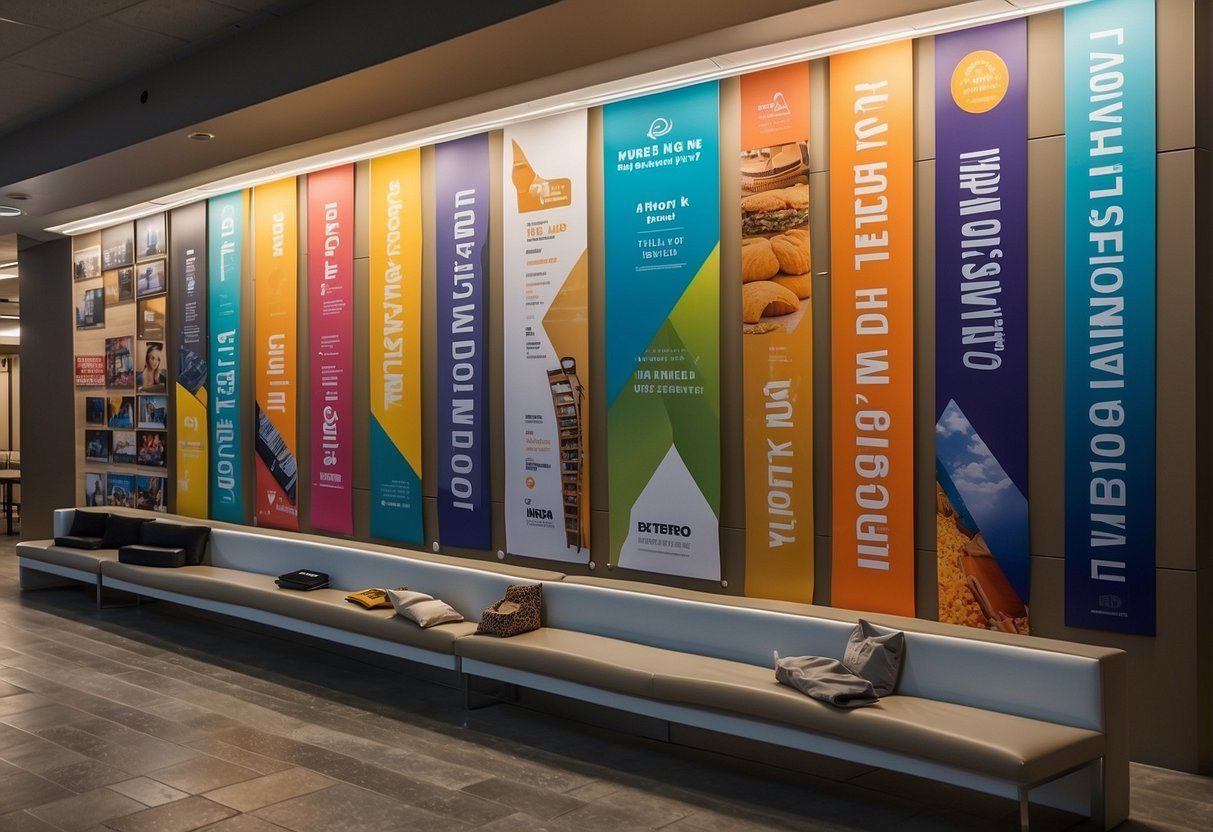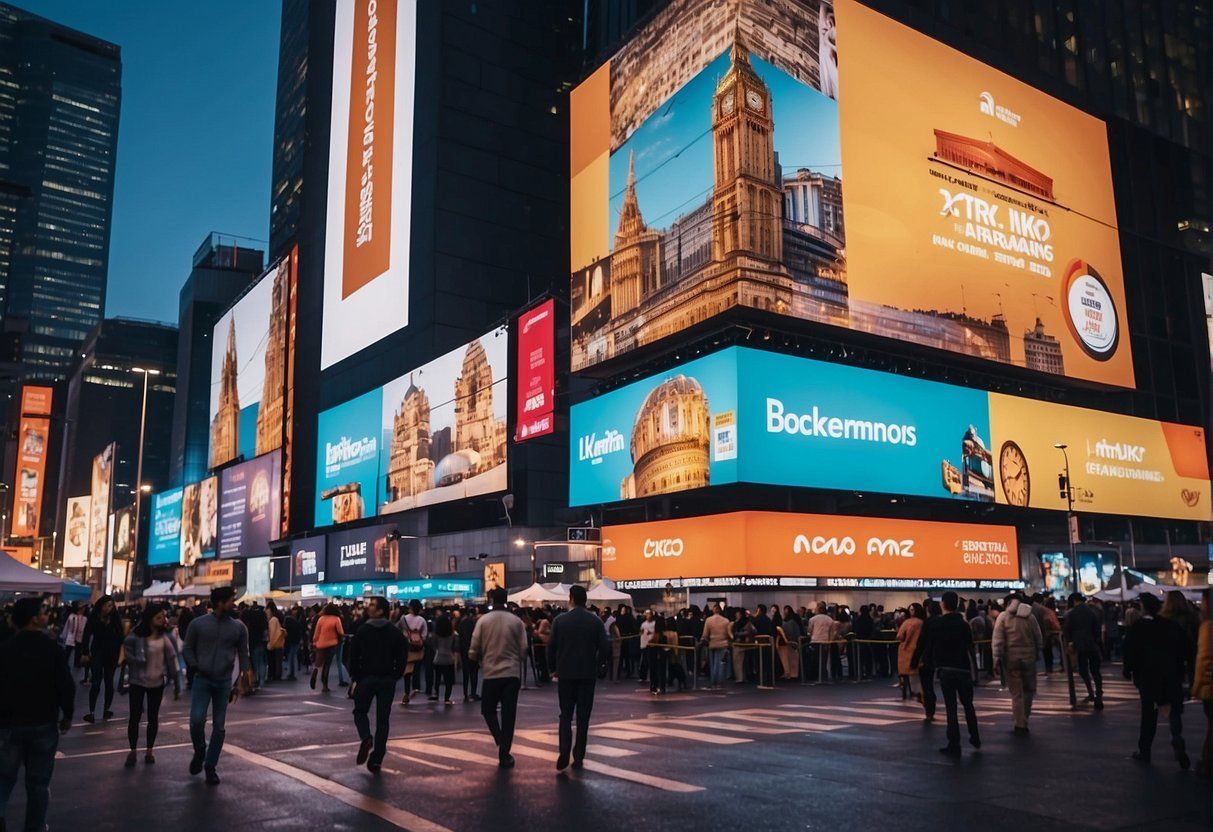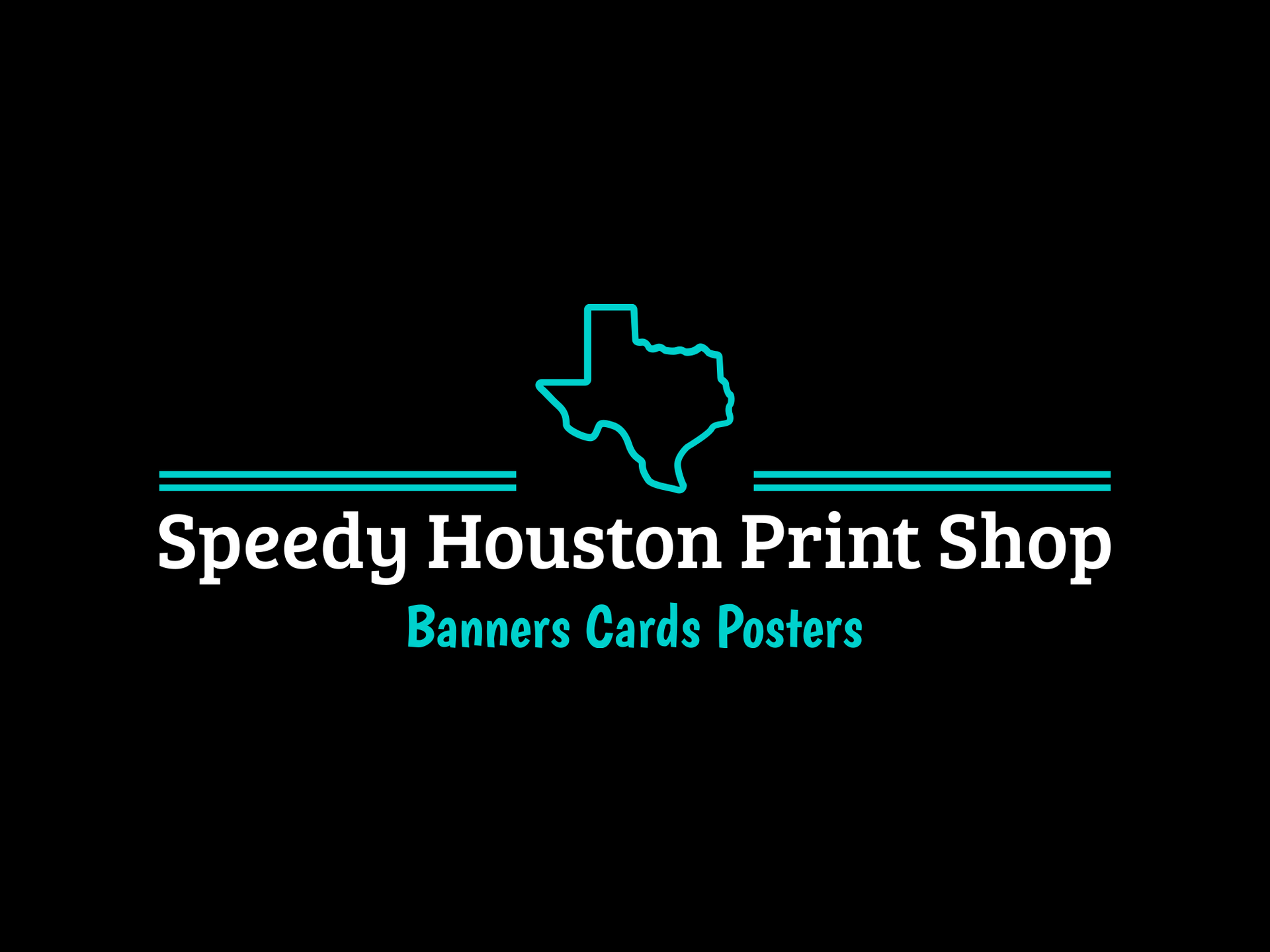A-frame signs are an effective way to advertise a business or event. These signs are made of durable materials and can be easily transported from one location to another. They are also versatile in their use, as they can be placed indoors or outdoors, and can be customized to fit a variety of needs.
Understanding A-Frame Signs
A-frame signs are also known as sidewalk or sandwich board signs. They are designed to stand up like an easel and form a two-sided A shape. They are commonly made of wood, metal, or plastic and can be customized with graphics, text, or logos. One of the benefits of A-frame signs is that they are easy to update with new messaging and promotions.
Practical Applications of A-Frames
A-frame signs can be used for a variety of purposes, including advertising sales or promotions, announcing a grand opening, highlighting happy hour specials, or creating custom outdoor event signs. They are also ideal for businesses that need to communicate important information to customers, such as store hours, directions, or safety protocols. A-frame signs can be placed on sidewalks, in front of storefronts, or at the entrance of a business.
Key Takeaways
- A-frame signs are versatile and can be used for a variety of purposes.
- They are easy to update with new messaging and promotions.
- A-frame signs are ideal for businesses that need to communicate important information to customers.
Understanding A-Frame Signs
Definition and Types
A-Frame Signs, also known as sidewalk signs or sandwich boards, are portable outdoor signs that stand up like an easel to form a two-sided A shape. They are commonly used by small businesses to attract foot traffic, and are conveniently collapsible and easy to update with new messaging and promotions. There are two main types of A-Frame Signs: single-sided and double-sided. Single-sided A-Frames have one panel that is covered in graphics or text. The other panel is blank and can be used to write messages or advertisements. Double-sided A-Frames have two panels that are covered in graphics or text. The panels can be flipped over to change the messaging.
Materials and Durability
A-Frame Signs are made from a variety of materials, including plastic, metal, and wood. Plastic signs are lightweight, affordable, and easy to clean, but may not be as durable as metal or wood signs. Metal signs are strong and durable, but may be heavier and more expensive than plastic signs. Wood signs are sturdy and have a classic look, but may require more maintenance than other materials. A-Frame signs should be designed to withstand outdoor weather conditions, and should be durable enough to last for multiple uses.
Design and Customization
A-Frame Signs can be customized with graphics, templates, and design tools to create a unique look for your business. Graphics can be printed directly onto the sign, or vinyl graphics can be applied to the sign for a more professional finish. Templates can be used to create a professional-looking design quickly and easily. Design tools can be used to create a custom design that reflects your brand and messaging. When designing an A-Frame Sign, it is important to consider the size, color, font, and messaging to ensure that it is eye-catching and easy to read.
Practical Applications of A-Frames
A-frames are versatile and portable signs that can be used for a wide range of practical applications. They are commonly used for advertising and promotion, directional use and information, and indoor vs outdoor usage.
Advertising and Promotion
A-frames are a great way to advertise and promote specials, sales, and events. They can be placed on sidewalks or high-traffic areas to attract the attention of potential customers. A-frames can also be used to promote a business or service by displaying the company name and logo.
Directional Use and Information
A-frames are ideal for directional use and information. They can be used to provide directions to a location or event, or to display important information such as parking instructions. A-frames can also be used to provide information about the products or services offered by a business.
Indoor vs Outdoor Usage
A-frames can be used both indoors and outdoors. Indoor A-frames are typically smaller and are used to promote products or services within a business. Outdoor A-frames are larger and are used to attract the attention of potential customers from a distance.
In conclusion, A-frames are versatile and practical signs that can be used for a wide range of applications. They are portable and easy to use, making them a great choice for event management and promotion. Whether you need to advertise a sale, provide directions, or display important information, A-frames are an effective and affordable solution.
Benefits of A-Frame Signs
A-Frame signs are an effective and affordable way to promote businesses, events, and sales. They are versatile, portable, and can be easily repositioned, making them an excellent choice for businesses of all sizes. Here are some of the benefits of A-Frame signs:
Visibility and Exposure
A-Frame signs are designed to be eye-catching and visible from a distance. They are perfect for attracting foot traffic and sidewalk advertising. With a well-designed A-Frame sign, you can quickly and easily grab the attention of potential customers and increase your exposure.
Portability and Convenience
One of the main advantages of A-Frame signs is their portability. They are lightweight and easy to move, which means you can place them in strategic locations throughout the day. This mobility ensures that your message reaches a wider audience and maximizes your exposure.
Versatility and Flexibility
A-Frame signs are incredibly versatile and flexible. They come in various shapes, sizes, and materials, making them suitable for a wide range of applications. They can also be customized with changeable letter signs, allowing you to update your message quickly and easily.
Overall, A-Frame signs are an excellent investment for businesses looking to increase their exposure and attract more foot traffic. They are cost-effective and offer a high return on investment. Whether you’re promoting a sale, event, or new product, A-Frame signs are a powerful tool for effective advertising.
Choosing the Right A-Frame Sign
When it comes to choosing the right A-frame sign, there are several factors to consider. In this section, we will discuss how to assess your business needs, compare features and options, and set up and maintain your A-frame sign.
Assessing Your Business Needs
Before purchasing an A-frame sign, it’s important to assess your business needs. Consider the location where the sign will be placed and the type of message you want to convey. If your business is located in an area with heavy foot traffic, a double-sided A-frame sign may be the best option to maximize visibility. On the other hand, if you want to be able to change your message frequently, a single-sided A-frame sign with a blank panel for writing may be more suitable.
Comparing Features and Options
When comparing A-frame signs, it’s important to consider the features and options available. Double-sided signs are more versatile, but single-sided signs are often more affordable. Look for signs that are made of durable materials that can withstand water, sand, and rain. Some signs come with a built-in handle for easy transport, while others require a separate handle to be purchased. Consider the size, weight, and color options available as well.
Setting Up and Maintenance
Once you have purchased your A-frame sign, it’s important to set it up properly and maintain it regularly. Make sure the sign is placed on a flat surface and secured with sand or water to prevent tipping. Avoid setting up the sign in high winds or other inclement weather. Regularly clean the sign with a damp cloth and mild soap to keep it looking its best. If the sign becomes damaged or worn, order replacement panels or frames as needed.
By considering your business needs, comparing features and options, and setting up and maintaining your A-frame sign properly, you can ensure that it is an effective tool for promoting your business and increasing sales.
Regulatory Considerations and Best Practices
Compliance with Local Regulations
When using A-frame signs, it is important to comply with local regulations. Regulations may vary depending on the location, so it is important to research the specific regulations for the area where the sign will be placed. Some local regulations may include restrictions on sign size, placement, and content.
For example, some areas may have regulations on the size and placement of signs near traffic or in high-traffic areas. Additionally, signs may be prohibited in certain off-limits areas, such as parking garages or construction sites.
Maximizing Sign Effectiveness
To ensure the sign is effective, it is important to consider factors such as foot traffic, visibility, and location. A-frame signs should be placed in high-traffic areas where they will be visible to pedestrians and drivers. They should also be placed in a location that is easily accessible and visible to potential customers.
Additionally, signs should have a clear and concise message that will grab the attention of passersby. Eye-catching graphics and bold lettering can help increase the effectiveness of the sign.
Safety and Stability
When using A-frame signs, safety and stability should be a top priority. Signs should be placed in a location where they will not pose a hazard to pedestrians or drivers. Additionally, signs should be stable and secure to prevent them from falling over or being blown away by the wind.
To ensure stability, signs should be weighted down with sand or other heavy materials. Signs should also be checked regularly to ensure they are still stable and secure.
Overall, following these best practices and complying with local regulations can help ensure that A-frame signs are effective and safe for both businesses and customers.
Frequently Asked Questions
How can businesses benefit from utilizing A-frame signs?
A-frame signs are an excellent way for businesses to attract foot traffic and promote their products or services. They are portable, easy to set up, and can be used to convey a variety of messages. A-frame signs can be placed outside a business to advertise sales, promotions, or special events. They can also be used to direct customers to a specific location or to provide information about a business.
What are the different types of A-frame signs available?
There are two main types of A-frame signs: single-sided and double-sided. Single-sided A-frame signs have one panel that is covered in graphics or text, while the other panel is blank and can be used to write messages or advertisements. Double-sided A-frame signs have two panels that are covered in graphics or text, and the panels can be flipped over to change the message.
In what scenarios are A-frame signs most effective?
A-frame signs are most effective in high-traffic areas where they can be easily seen by potential customers. They are commonly used outside storefronts, restaurants, and cafes to attract foot traffic and promote specials or events. A-frame signs are also effective at trade shows and outdoor events where they can be used to direct attendees to specific locations or provide information about a business.
What are the legal considerations when displaying A-frame signs in public areas?
Businesses must comply with local regulations when displaying A-frame signs in public areas. Some cities and towns have specific rules regarding the size, placement, and duration of A-frame signs. Business owners should consult with local authorities to ensure that they are in compliance with all regulations.
How should A-frame signs be maintained for longevity and safety?
A-frame signs should be regularly inspected for damage and wear and tear. They should be securely anchored to prevent them from tipping over in windy conditions. A-frame signs should also be cleaned regularly to maintain their appearance and readability.
What are the best practices for designing impactful A-frame sign graphics?
A-frame sign graphics should be eye-catching and easy to read from a distance. They should include the business name, logo, and any relevant information such as specials or promotions. Graphics should be designed with high contrast colors and bold fonts to ensure readability. It is also important to keep the design simple and uncluttered to avoid overwhelming the viewer.…
